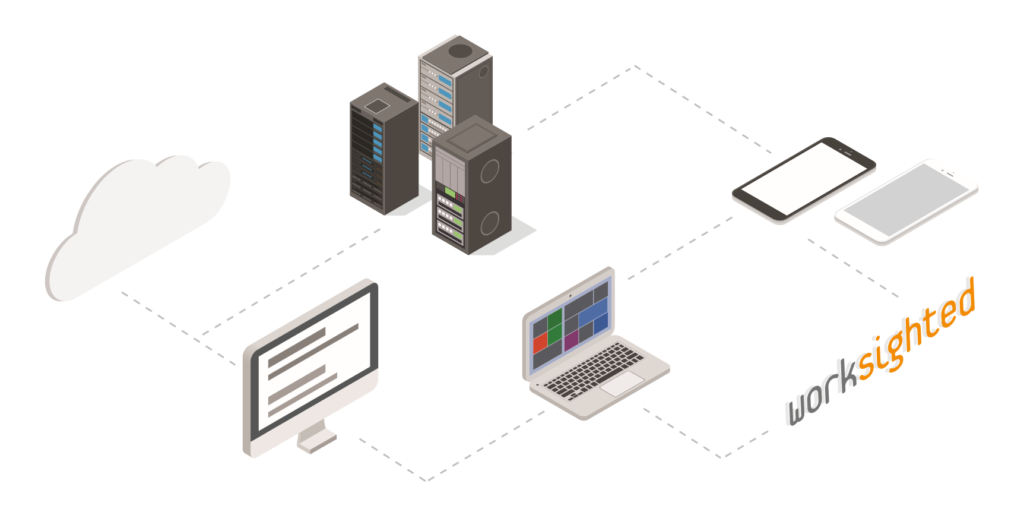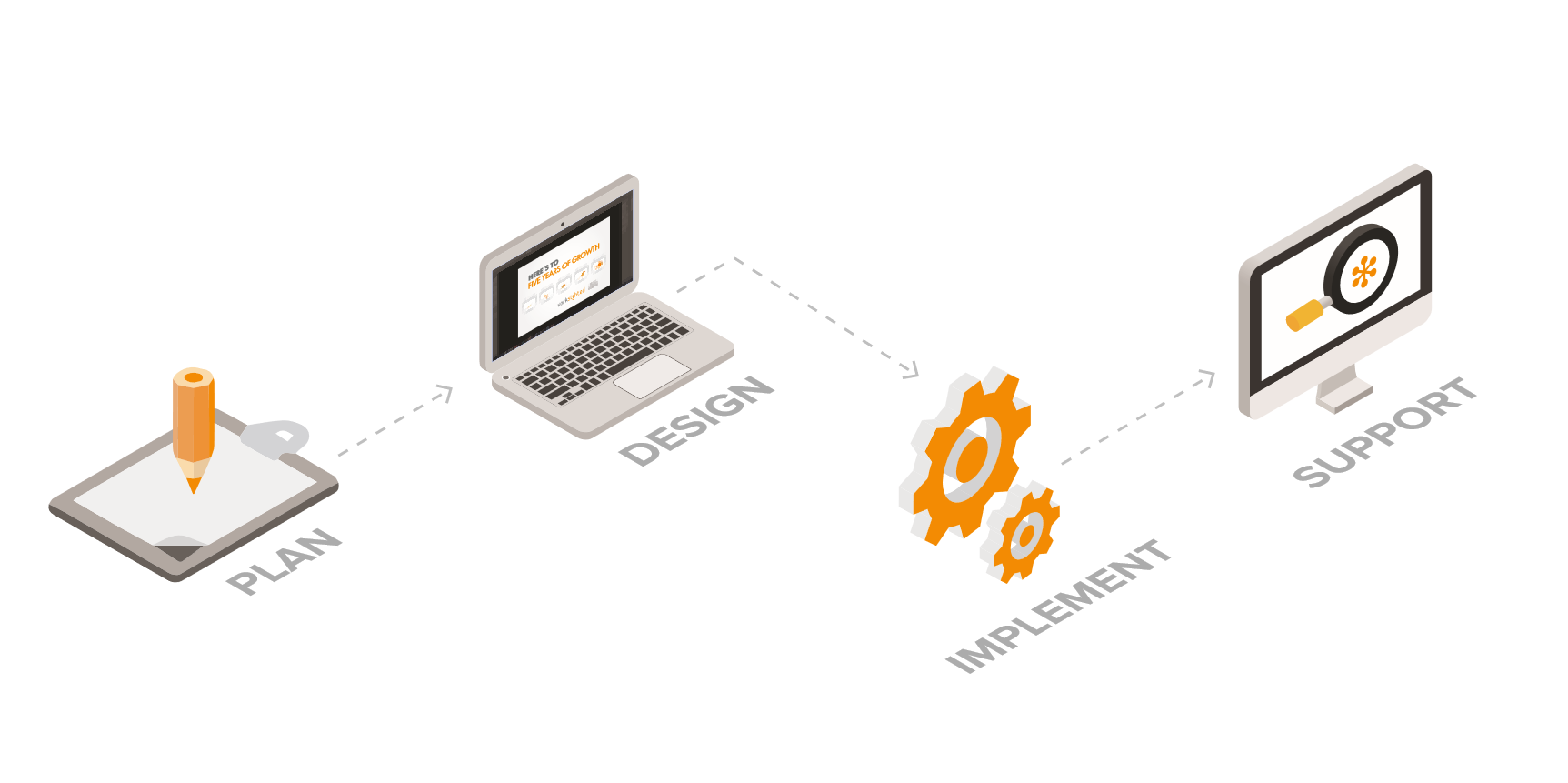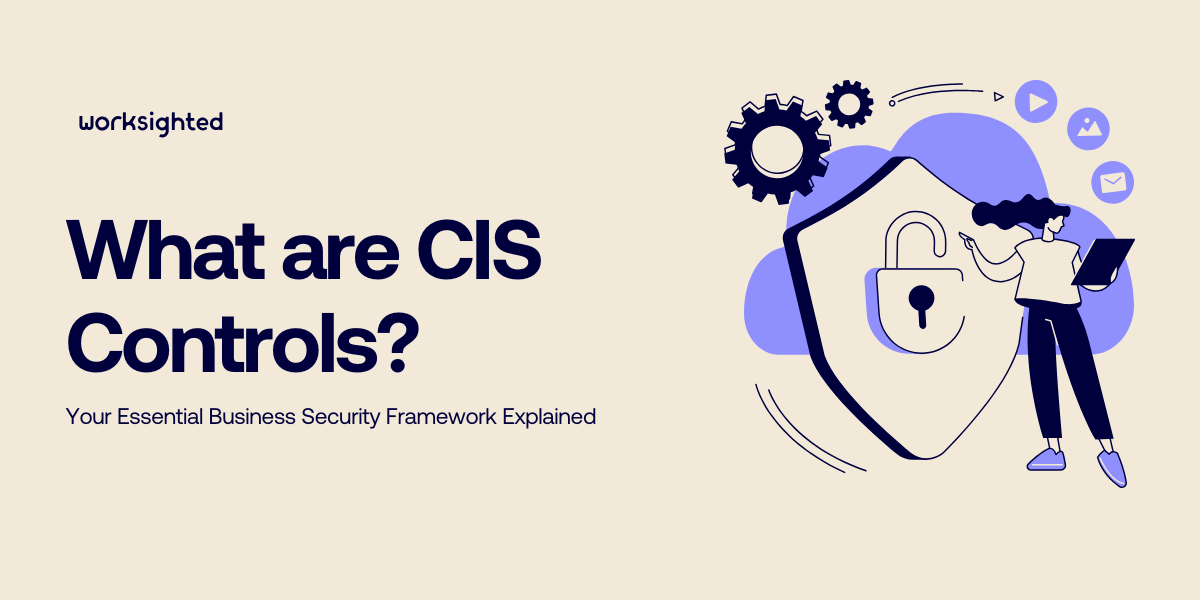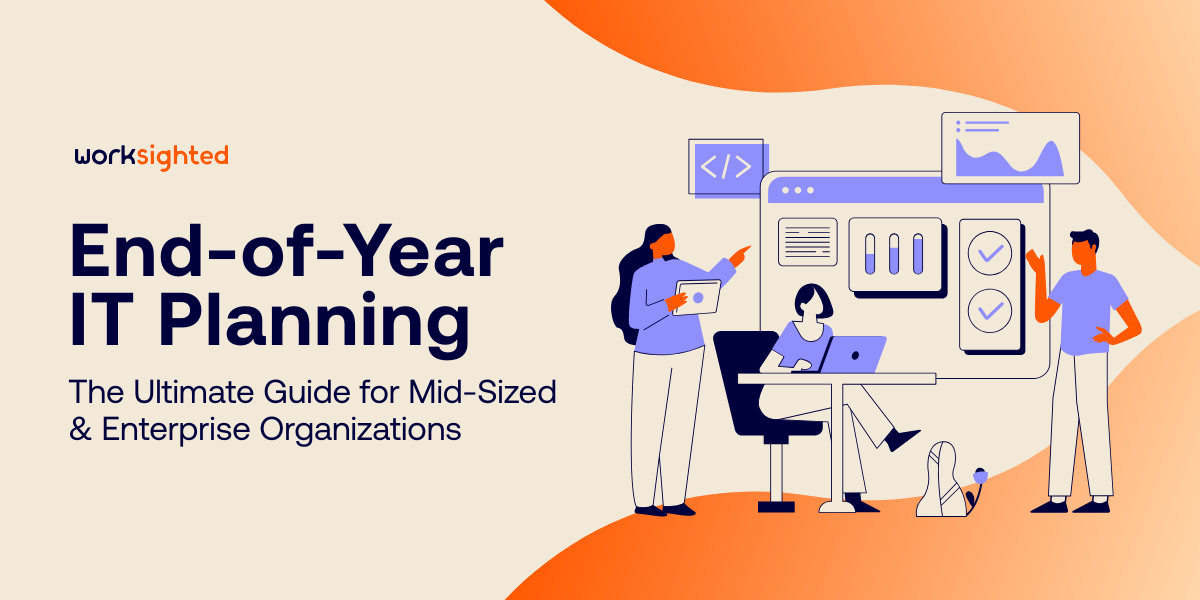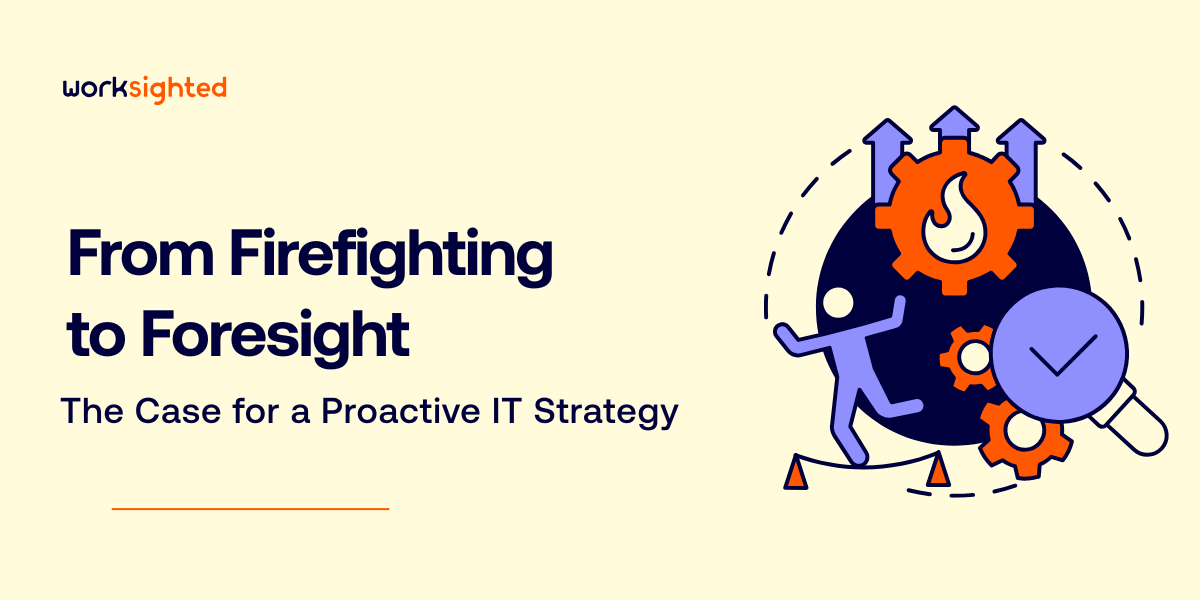Senior Housing’s Technology Crossroads: Why Operators Must Act Now
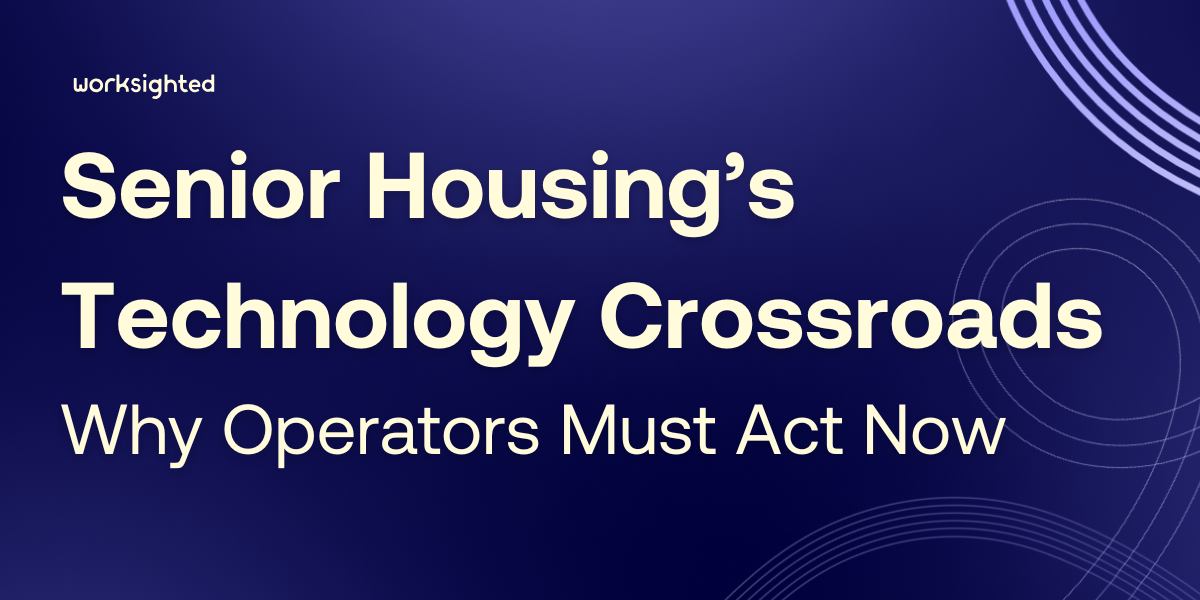 2025: The senior living industry’s ticking time bomb… or golden opportunity? Forget ‘silver tsunami,’ we’re talking a tidal wave. Baby Boomers are about to rewrite the rules of retirement, and if you’re in the senior living industry, you know what that means: unprecedented demand. The recent NIC Spring Conference in San Diego highlighted the stark reality of a critical supply shortage that threatens to derail decades of growth. Are you ready to ride the wave, or get swallowed by it? Let’s dive into the data that’s keeping CEOs up at night.
2025: The senior living industry’s ticking time bomb… or golden opportunity? Forget ‘silver tsunami,’ we’re talking a tidal wave. Baby Boomers are about to rewrite the rules of retirement, and if you’re in the senior living industry, you know what that means: unprecedented demand. The recent NIC Spring Conference in San Diego highlighted the stark reality of a critical supply shortage that threatens to derail decades of growth. Are you ready to ride the wave, or get swallowed by it? Let’s dive into the data that’s keeping CEOs up at night.
The Driving Forces Behind Senior Housing Demand
A critical construction deficit looms, as senior housing development has failed to return to pre-pandemic output. Achieving the necessary supply requires an unprecedented and sustained doubling of historical build rates over the next 20 years.
With best-case construction timelines already at 27 months, operators are forced to pursue alternative capacity solutions:
• Expanding Existing Facilities – A practical approach to adding beds within current properties.
• Acquiring Existing Facilities – While this scales an operator’s footprint, it does not increase overall market supply.
The “Distillation” Effect and Challenges
Since the COVID-19 pandemic, the industry has undergone a “distillation” process, where underperforming operators have been acquired or replaced by higher performing competitors. This has led to a concentration of industry control in the hands of higher-performing operators, who now face the challenge of rapidly integrating multiple new properties into their portfolios.
However, what many of these operators are underestimating is the complexity of technology onboarding during expansion. When facilities operate on different, disconnected systems, it creates a fragmented infrastructure that lacks:
• Uniformity – Different facilities running disparate systems make scaling operations difficult.
• Scalability – Technology must be standardized to support sustainable growth.
• Supportability – Managing multiple IT environments increases operational strain.
• Security – Each new facility added to a disjointed network introduces cybersecurity risks.
• Employee Experience – Disparate systems result in inconsistent support quality, leading to poor end-user experiences, increased frustration, and higher employee turnover—a challenge that is already significant in the senior housing industry.
• Financial Viability – Several lenders and capital partners at the Spring NIC conference identified technology readiness and security posture as key factors in selecting which operators they partner with. This leaves operators with ‘technology debt’ vulnerable to being sidelined by more technologically advanced competitors when seeking capital.
The Technology “House of Cards”
Technology in senior housing can be broken into two core buckets:
1. Resident Safety & Care – Solutions such as wander management in memory care and emergency response systems.
2. Core Technology Infrastructure – The foundational IT framework including networks, cloud platforms, and cybersecurity.
Operators expanding through acquisitions are often inheriting outdated, disjointed infrastructure, creating a precarious “house of cards” scenario. Internal IT teams—already stretched thin—are being asked to function as full-scale technology service providers, a task they are not equipped for. Without proper tools, experience, and standardized processes, they risk drowning in constant firefighting, unable to focus on higher-value business priorities.
A Critical Moment for Technology Strategy
With demand increasing and industry consolidation accelerating, operators must rethink their approach to technology. Those who proactively address IT scalability, security, and operational efficiency will be in the best position to navigate the future. The question is not whether technology will be a key factor in success—it’s whether operators will be ready for the challenges ahead.
Don’t Let ‘Technology Debt’ Jeopardize Your Future
Maximize your operational efficiency and attract capital partners. Connect with our team to uncover how our managed IT and security solutions can transform your senior housing business.

